Trishelle Copeland-Johnson
- Name
- Dr. Trishelle Copeland-Johnson
- Institution
- Idaho National Laboratory
- Position
- Materials Research Scientist
- h-Index
- ORCID
- 0000-0002-0107-2212
- Biography
Trishelle Copeland-Johnson is a Materials Research Scientist at Idaho National Laboratory (INL) with an expertise in strategizing multi-modal advanced characterization techniques to elucidate surface damage mechanisms of materials, notably corrosion of nuclear structural materials. Dr. Copeland-Johnson arrived at INL as a Glenn T. Seaborg Distinguished Postdoctoral Research Associate in 2021, investigating the role of actinide products on the corrosion mechanisms of Ni-based superalloys in chloride molten salts and the synergistic effects of gamma irradiation and radiolysis on the evolution of surface corrosion products on aluminum spent nuclear fuel cladding alloys. Dr. Copeland-Johnson transitioned to Materials Research Scientist in 2022 and currently leads a number of projects pertaining to characterizing molten salt corrosion mechanisms. She leads an INL laboratory-based research and development initiative to elucidate the role of long-range ordering phase transformations on the corrosion mechanism of Ni-based alloys in molten salts. She is also co-PI on a project funded by the Department of Energy Office of Basic Energy Sciences, leading groundbreaking efforts to investigate the impact iodide fission products on the corrosion mechanism of Ni-based alloys in chloride molten salts. Dr. Copeland-Johnson also leads a team evaluating the performance of additively manufactured SS316H after corrosion in molten salt for the Advanced Materials and Manufacturing Technologies program, funded through the Office of Nuclear Energy.
Dr. Copeland-Johnson also has an extensive record of professional development and outreach activities. She has served as the chair and vice-chair for the User Executive Committee for the BNL Center for Functional Nanomaterials, a Department of Energy Nanoscale Science Research Center. Also, she is a stanch supporter of enhancing the workforce development pipeline for underrepresented ethnicities in science and engineering disciplines through professional organizations, such the National Organization for the Advancement of Black Chemists and Chemical Engineers (NOBCChE) and the Minerals, Metals, & Materials Society (TMS). She was also awarded the 2022 INL Materials and Fuels Complex Mentor of the Year.
- Expertise
- Actinide, Corrosion, Microstructural Characterization, Molten Salt, Nuclear Structural Materials
|
"Milestone 1.2.15: Feasibility of In Situ Accelerated Aluminum Coupon Radiolysis by Synchrotron X-Rays"
Trishelle Copeland-Johnson,
Vol.
2023
Link
Extended dry storage of aluminum-clad spent nuclear fuel (ASNF) requires an assessment of the radiolytic generation of molecular hydrogen gas (H2) from the ASNF’s corrosion layers. H2 accumulation can potentially lead to storage canister embrittlement/rupture and the accumulation of flammable gas mixtures in accident scenarios. To date, computational models have been developed for the prediction of radiolytic H2 generation from samples exposed to lower absorbed dose regimes (up to ~3 MGy). However, greater accuracy is needed for higher absorbed doses (> 25 MGy) where the concentration of H2 ultimately reaches a steady-state. Data in this area is limited due to the amount of time taken (months) to accumulate such high gamma doses. Furthermore, a recent study observed radiation-induced damage to the surface of pre-corroded aluminum alloy coupons at high absorbed gamma doses. Despite this observation and its implications, there is currently no computational connection between the radiolytic formation of H2 and changes in the composition and morphology of the cladding’s corrosion layers with absorbed dose. To develop a better understanding of the processes and effects described above, the present study aimed to evaluate the feasibility of leveraging synchrotron x-ray capabilities for coupled accelerated irradiation and in situ surface characterization of ASNF alloys. To that end, National Synchrotron Light Source II (NSLS-II) beamtime was secured and a series of aluminum alloy 1100 (AA1100) wires, prepared under a variety of conditions, were interrogated using ex situ x-ray diffraction (XRD) and scanning electron microscopy (SEM) techniques at Idaho National Laboratory (INL) and ex situ and in situ XRD capabilities at the NSLS-II x-ray powder diffraction (XPD) beamline. Results indicated that performing synchrotron XRD using the available XPD beamline configuration can provide sufficient radiation dose but cannot discern changes in the composition and morphology of sample corrosion layers. Additionally, ex situ XRD and SEM data from Idaho National Laboratory (INL) indicated that the pre-corrosion of AA1100 wires did not generate an appreciably thick corrosion layer, as compared with previous aluminum coupon studies. These thinner surface corrosion layers were not sufficient for detection by both ex situ and in situ synchrotron XRD, specifically under consideration of the NSLS-II XPD beamline’s configuration primarily capturing information from the sample’s bulk material, i.e., aluminum metal. In summary, the use of the NSLS-II XPD beamline for promoting accelerated radiolysis and in situ surface characterization is not appropriate for this program’s goals. |
| "Corrosion testing needs and considerations for additively manufactured materials in nuclear reactors" Yiren Chen, Trishelle Copeland-Johnson, Thomas Hartmann, Vineet Joshi, Isabella van Rooyen, Rongjie Song, Jonathan Wierschke, Andrea M. Jokisaari, [2024] Progress in Nuclear Energy · DOI: 10.1016/j.pnucene.2024.105296 · ISSN: 0149-1970 | |
| "Accelerated corrosion of Ni-based alloys in molten chloride salts, due to Ni2Cr phase formation" Trishelle M. Copeland-Johnson, Julie D. Tucker, Guoping Cao, Fei Teng, [2023] Materialia · DOI: 10.1016/j.mtla.2023.101875 | |
| "Multi-modal analysis of oxidation on Fe-Cr-Ni austenitic stainless steel 304 exposed to beyond-design basis temperatures" Charles K.A. Nyamekye, Lynne Ecker, Nicola Bowler, Emily A. Smith, Raul B. Rebak, Simerjeet K. Gill, Trishelle M. Copeland-Johnson, [2023] Corrosion Science · DOI: 10.1016/j.corsci.2023.111167 · ISSN: 0010-938X | |
|
"Assessing the interfacial corrosion mechanism of Inconel 617 in chloride molten salt corrosion using multi-modal advanced characterization techniques"
Daniel J. Murray, Guoping Cao, Lingfeng He, Trishelle M. Copeland-Johnson,
[2022]
Frontiers in Nuclear Engineering
· DOI: 10.3389/fnuen.2022.1049693
· ISSN: 2813-3412
The United States Department of Energy (DOE) has committed to expanding the domestic clean energy portfolio in response to the rising challenges of energy security in the wake of climate change. Accordingly, the construction of a series of Generation IV reactor technologies are being demonstrated, including sodium-cooled, small modular, and molten chloride fast reactors (MCFRs). To date, there are no fully qualified structural materials for constructing MCFRs. A number of commercial structural alloys have been considered for the construction of MCFRs, including alloys from the Inconel and Hastelloy series. Informed qualification of structural materials for the construction of MCFRs in the future can only be ensured by expanding the current fundamental knowledgebase of information pertaining to material performance under environmental stressors relevant to operation of the reactor, including corrosion susceptibility. The purpose of this investigation is to illustrate how a correlative multi-modal electron microscopy characterization approach, including the novel application of focused-ion beam 3D reconstruction capabilities, can elucidate the corrosion mechanism of a candidate structural material Inconel 617 for MCFR in NaCl-MgCl2 eutectic salt at 700°C for 1,000 h. Evidence of intergranular corrosion, Ni and Fe dealloying, and Cr-O enrichment along the grain boundary, which most likely corresponds to Cr2O3, is a phenomenon that has been documented in other Ni-based superalloys exposed to chloride molten salt systems. Additional corrosion products, including the formation of insoluble MgAl2O4, within the porous network produced by the salt attack is a novel observation. In addition, Mo3Si5 and τ2 precipitates are detected in the alloy bulk and are dissolved by the salt. Furthermore, the lack of detection of design γ′ precipitates in Inconel 617 after 1,000 h could indicate that the molten salt corrosion mechanism has indirectly induced a phase transformation of Al2TiNi (τ2) and Ni3(Al,Ti) (γ’) phase. This investigation provides a comprehensive understanding of molten salt corrosion mechanisms in a complex material system such as a commercial structural alloy for applications in MCFRs. |
|
|
"Radiolytic Gas Production from Aluminum Coupons (Alloy 1100 and 6061) in Helium Environments—Assessing the Extended Storage of Aluminum Clad Spent Nuclear Fuel"
Xiaofei Pu, Amey Khanolkar, Trishelle M. Copeland-Johnson, Corey D. Pilgrim, Joseph R. Wilbanks, Elizabeth H. Parker-Quaife, Gregory P. Horne, Jacy K. Conrad,
[2022]
Materials
· DOI: 10.3390/ma15207317
Corrosion of aluminium alloy clad nuclear fuel, during reactor operation and under subsequent wet storage conditions, promotes the formation of aluminium hydroxide and oxyhydroxide layers. These hydrated mineral phases and the chemisorbed and physisorbed waters on their surfaces are susceptible to radiation-induced processes that yield molecular hydrogen gas (H2), which has the potential to complicate the long-term storage and disposal of aluminium clad nuclear fuel through flammable and explosive gas mixture formation, alloy embrittlement, and pressurization. Here, we present a systematic study of the radiolytic formation of H2 from aluminium alloy 1100 (AA1100) and 6061 (AA6061) coupons in “dry” (~0% relative humidity) and “wet” (50% relative humidity) helium environments. Cobalt-60 gamma irradiation of both aluminium alloy types promoted the formation of H2, which increased linearly up to ~2 MGy, and afforded G-values of 1.1 ± 0.1 and 2.9 ± 0.1 for “dry” and “wet” AA1100, and 2.7 ± 0.1 and 1.7 ± 0.1 for “dry” and “wet” AA6061. The negative correlation of H2 production with relative humidity for AA6061 is in stark contrast to AA1100 and is attributed to differences in the extent of corrosion and varying amounts of adsorbed water in the two alloys, as characterized using optical profilometry, scanning electron microscopy, Raman spectroscopy, and X-ray diffraction techniques. |
|
| "Milestone 1.2.10: Steady-state H2 “roll over” point data for aluminum alloys 1100 and 6061" Jacy Conrad, Trishelle Copeland-Johnson, Xiaofei Pu, Amey Khanolkar, Joseph Wilbanks, Corey Pilgrim, Gregory Horne, [2022] · DOI: 10.2172/1968315 | |
| "Analysis of inconel 600 oxidized under loss-of-coolant accident conditions: A multi-modal approach" Charles K.A. Nyamekye, Lynne Ecker, Nicola Bowler, Emily A. Smith, Raul B. Rebak, Simerjeet K. Gill, Trishelle M. Copeland-Johnson, [2022] Corrosion Science · DOI: 10.1016/j.corsci.2021.109950 · ISSN: 0010-938X | |
| "Characterization of Kanthal APMT and T91 oxidation at beyond design-basis accident temperatures" Charles K.A. Nyamekye, Simerjeet K. Gill, Lynne Ecker, Nicola Bowler, Emily A. Smith, Raul B. Rebak, Trishelle M. Copeland-Johnson, [2020] Corrosion Science · DOI: 10.1016/j.corsci.2020.108598 · ISSN: 0010-938X | |
| "Synthesis of a novel photopolymerized nanocomposite hydrogel for treatment of acute mechanical damage to cartilage" Trishelle M. Copeland-Johnson, Matthew Goodman, Robert J. Lipert, Tanya Prozorov, Xunpei Liu, Todd O. McKinley, Zhiqun Lin, James A. Martin, Surya K. Mallapragada, Kathryn E. Schlichting, [2011] Acta Biomaterialia · DOI: 10.1016/j.actbio.2011.04.010 · ISSN: 1742-7061 | |
| Source: ORCID/CrossRef using DOI | |
About Us
The Nuclear Science User Facilities (NSUF) is the U.S. Department of Energy Office of Nuclear Energy's only designated nuclear energy user facility. Through peer-reviewed proposal processes, the NSUF provides researchers access to neutron, ion, and gamma irradiations, post-irradiation examination and beamline capabilities at Idaho National Laboratory and a diverse mix of university, national laboratory and industry partner institutions.
Privacy and Accessibility · Vulnerability Disclosure Program

